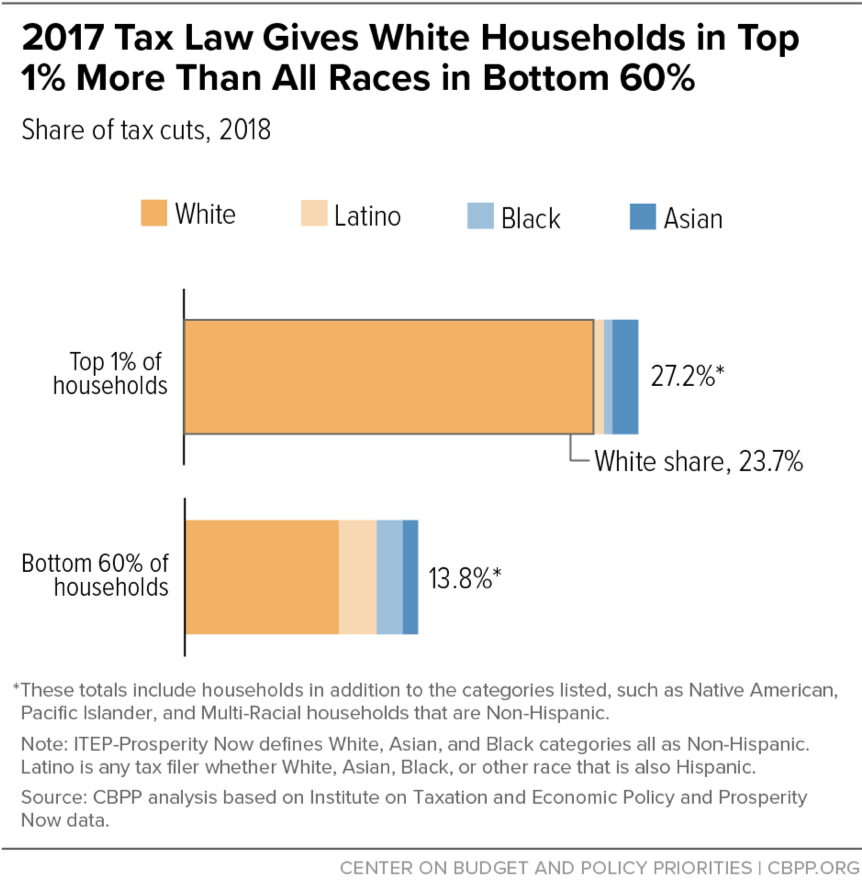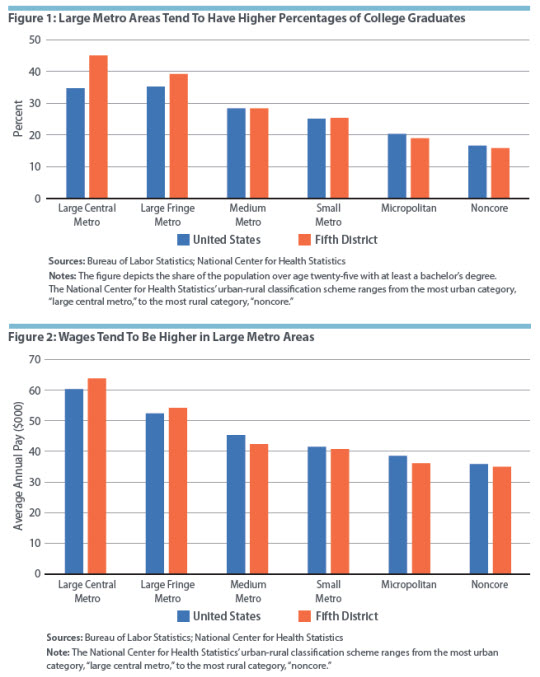https://www.project-syndicate.org/commentary/usmca-employment-north-american-competitiveness-by-anne-krueger-2018-10
Oct 12, 2018 ANNE O. KRUEGER
US President Donald Trump's goals in renegotiating the North American Free Trade Agreement were to reduce the current-account deficit and restore US manufacturing jobs. But the new United States-Mexico-Canada Agreement fails on both counts and will reduce US employment and weaken American producers' position in international markets.
WASHINGTON, DC – When the United States-Mexico-Canada Agreement (USMCA) was announced, it was met by a sigh of relief around the world. A deal to replace the North American Free Trade Agreement meant that a complete disaster had been averted. Repudiation of NAFTA with no replacement would have been so costly that it was always a distant possibility, but it was a possibility all the same.
Still, the best that can be said is that the worst will not happen. Two of most damaging US proposals were rejected or weakened significantly. First, instead of a sunset clause that would have forced a renegotiation every five years, the parties agreed to a 16-year sunset, with a review of the arrangement every six years. Given that a five-year renewal schedule would have created massive uncertainty for businesses and governments alike, the 16-year proviso is to be welcomed. That said, it remains to be seen what the six-year review will entail.
Second, the "Chapter 19" dispute-settlement mechanism that the Trump administration wanted to kill has been retained, albeit in a watered-down form. This provision will offer some buffer –specifically, for Canada – against anti-dumping duties and other protectionist measures. Among the other minor changes to NAFTA under the USMCA, most had already been agreed to during negotiations for the Trans-Pacific Partnership, which US President Donald Trump abandoned upon taking office.
All told, then, the USMCA has very little to recommend it. This is evident in the fact that the Trump administration's main selling point for the deal is a concession by Canada to open about 3.6% of its $16.3 billion dairy market to more US exports. In exchange, the US has agreed to import more peanuts and sugar from Canada, which implies that imports from other countries may fall. Meanwhile, US tariffs on imported steel and aluminum from Mexico and Canada remain in place.
Throughout the process, US negotiators focused mainly on the auto industry. Among other things, the USMCA will limit the number of vehicles that can be imported into the US, which effectively opens the door to managed trade. It is not yet clear how import quotas will be allocated; but almost any quota-allocation system will stifle competition and innovation by favoring incumbents over new market entrants.
Trump's stated goals in renegotiating NAFTA – if "renegotiation" is the right word for when a bully attacks his smaller neighbors until they accede to his demands – were to reduce the bilateral US trade deficits with Canada and Mexico and "bring good jobs back home." By those criteria, the new agreement is a spectacular failure. As any economist knows, a deficit in goods and services is a macroeconomic phenomenon reflecting a country's domestic expenditures and savings. For the US to shrink its overall deficit, it must either reduce expenditures or increase savings. Nothing in the USMCA does that.
To be sure, Mexican producers will probably choose to incur the costs of the 2.5% US tariff on imported cars rather than meet the ROO or wage requirements (hence the need for import quotas). But, either way, both provisions will reduce the competitiveness of North American producers across the board. In fact, automakers in Asia and Europe are probably ecstatic at the prospect of increased sales. They have gained an edge over North American producers in third countries, and perhaps even in the US market itself.Moreover, the deal will probably destroy more US jobs than it creates. The new rules-of-origin (ROO) benchmark requiring that 75% of an imported vehicle be produced in North America (up from 62.5% under NAFTA) is likely to reduce employment by raising the costs of production. So, too, will the provision requiring that 40-45% of a vehicle's value be produced by workers earning a minimum of $16 per hour by 2023 – a rate that is far above what Mexican autoworkers can expect to make.
As for foreign-owned automakers operating in the US, they will almost certainly offshore any facilities that are producing inputs destined for foreign markets. This diversion, combined with the higher price of cars in the US, will further reduce overall US auto production, and thus auto-sector employment. And even if US parts producers were to expand production, they would be inclined to automate as much of it as possible, rather than hire more workers.
One of NAFTA's major benefits was that it allowed for integrated supply chains across North America. US automakers gained access to labor-intensive parts at lower cost from Mexico, and Mexican producers gained access to less expensive capital-intensive parts from the US. As a result, the North American auto industry improved its competitive position internationally. The USMCA will not destroy NAFTA's efficient supply chains, but it will raise their costs, thus undercutting that advantage.
In the near-term, the USMCA will not change very much. But in the long run, it will likely reduce US employment, shrink North America's share of the global auto market, and undermine America's credibility on international trade issues – all while failing to reduce the US current-account deficit.
Overall, then, there is good reason to believe that Trump's renegotiation has done serious damage indeed. Most important, other governments will now have to ask themselves why they should negotiate with a country that tears up settled agreements at will. Up until 2017, the US had been a global leader in trade liberalization; not anymore. Even if forcing friends and allies to the negotiating table actually benefited US trade, it still would not be worth the loss of US soft power.
ANNE O. KRUEGER
Writing for PS since 2014
9 Commentaries
Anne O. Krueger, a former World Bank chief economist and former first deputy managing director of the International Monetary Fund, is Senior Research Professor of International Economics at the School of Advanced International Studies, Johns Hopkins University, and Senior Fellow at the Center for International Development, Stanford University.
-- via my feedly newsfeed


